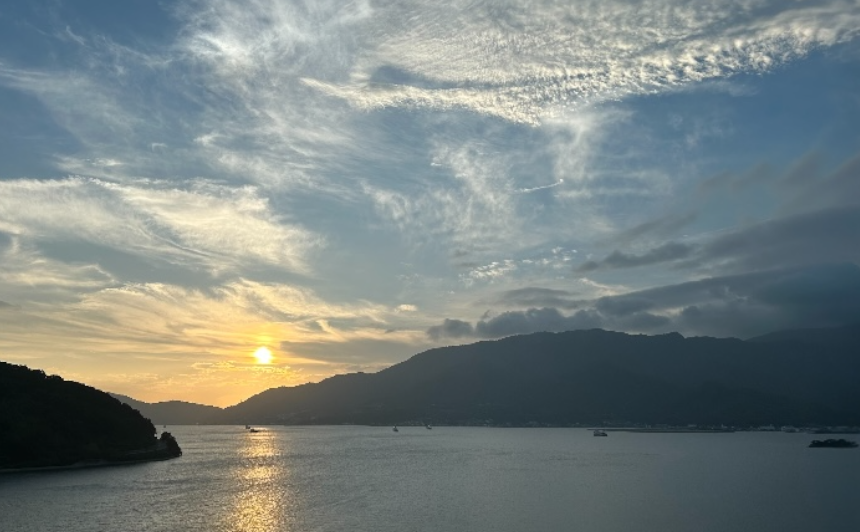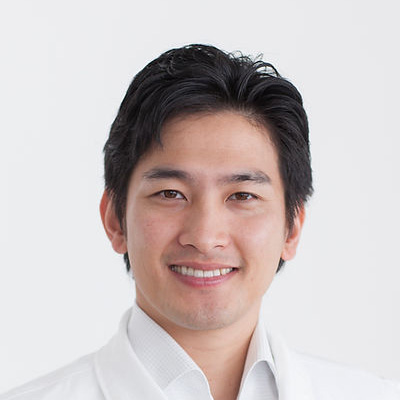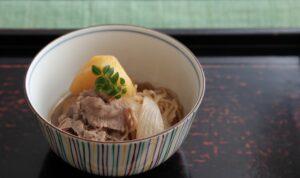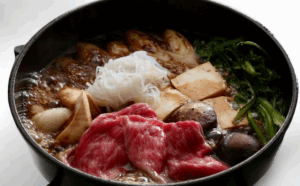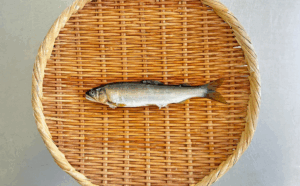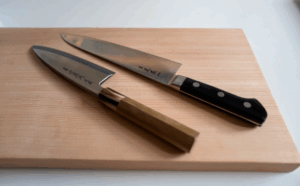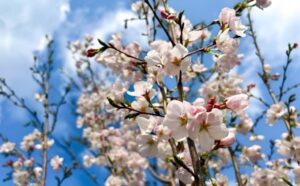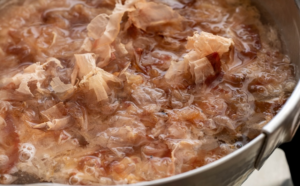As a child, I spent every summer vacation visiting different places across Japan with my family. My parents took us along on trips to discover new ingredients.
One of these trips landed me in Shodoshima, the smallest island in the country, with a circumference of about 200 kilometers (or 186 miles). But don’t let the adorable size fool you – It’s got a surprising mix of natural treasures like soy sauce, olive oil, somen noodles, and sesame oil. Plus, located in the Seto Inland Sea, it’s also a place rich in fresh fish.
This time, it is going to be about the story of somen in Shodoshima.
Somen from Shodoshima
After graduating from college, I spent over six months working at a soy sauce company in Shodoshima. During that time, wanting to learn more about Shodoshima’s cuisine, I had the chance to train in the island’s olive groves and some somen makers. Shodoshima is known for its “Shima no Hikari” brand of somen. What makes their somen special is that it’s hand-stretched. There is a major difference between hand-stretched and machine-made somen, which affects the final shapes of the noodles.
For hand-stretched somen, they start by making noodles that are as thick as about 3cm (or 1.2 inches) in diameter. They get some oil coating and rest for a while, before getting rolled down to about the thickness of a pinky finger. Next, the noodles are wrapped around two chopsticks in a figure-eight pattern, and then stretched thin by pulling the chopsticks apart.
The machine method, on the other hand, twists thicker noodles to gradually make them thinner, without stretching them by hand. Machine-made somen has a round cross-section, while hand-stretched somen has an irregular one, more triangular or square than round. Plus, the thickness also varies slightly for each hand-stretched noodle. This is exactly what gives it a unique texture when you eat it.
A Day in Somen Making
The day starts quite early for somen makers. Since noodles need to be hung out to dry around noon when the sun is bright, the work starts at 3 or 4 in the morning to get the whole process done by then.
They start by kneading the dough, letting it rest, and then shaping it, which continues until about 10 or 11 o’clock, when they finally putting the noodles out in the sun.
If it rains, they can’t dry the noodles, so they work while looking out for sunny days.
Have you ever heard that somen tastes better when it’s rested? I used to think that, too. However, my somen master told me freshly made somen can be just as delicious, and I got to taste it for myself. I remember it had a great firmness and chewy texture, really different from any noodles I’d ever had before.
Winter is the peak season, but you can find places in Shodoshima with year-round somen making. When visiting the island, it would be nice to see the noodles drying and taste some freshly made somen.
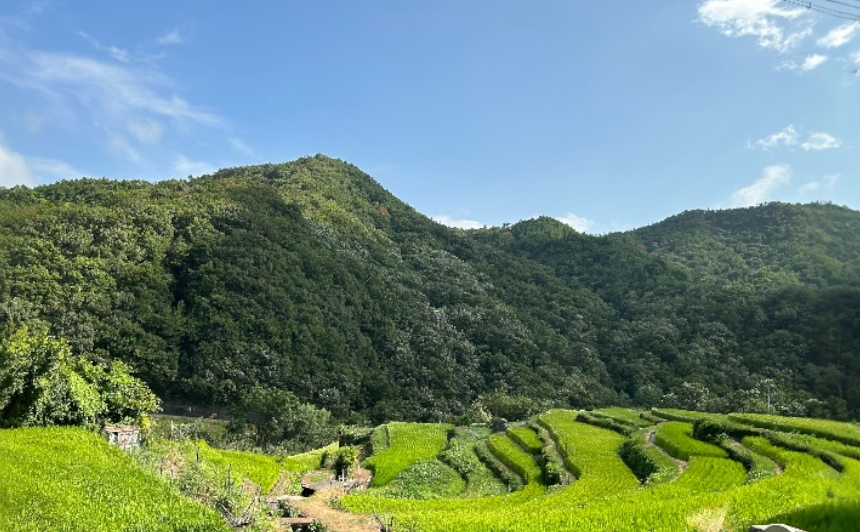
Niboshi from Ibukijima – The Perfect Broth for Somen
If you’re looking for a great broth to go with your somen, I recommend “niboshi” (dried sardines) from Ibukijima, which is also part of Kagawa Prefecture, the same as Shodoshima.
Ibukijima is located off the coast of Kanonji in the Seto Inland Sea, and is famous for its quality niboshi. It is especially known for its high-quality white mouth sardines, and they make amazing dashi stock.
How to Choose Good Niboshi
You can tell the quality of niboshi by its shape. Niboshi can be slightly curved instead of perfectly straight, and how they curve matters. If you look closely, you’ll notice that some curve towards the belly, while others towards the back. Drying fresh sardines mostly makes them curve towards the belly. So, when you’re buying niboshi, it’s best to go for packages with many of them curving that way.
The dashi from niboshi has a rich flavor that’s a bit different from what you would get with kombu and katsuobushi. It goes well with miso soup, somen broth, and udon broth when you want a stronger flavor.
If you ever get the chance to visit Shodoshima, I hope you’ll experience the charm of its somen—and maybe even find your own unforgettable taste of the island!

